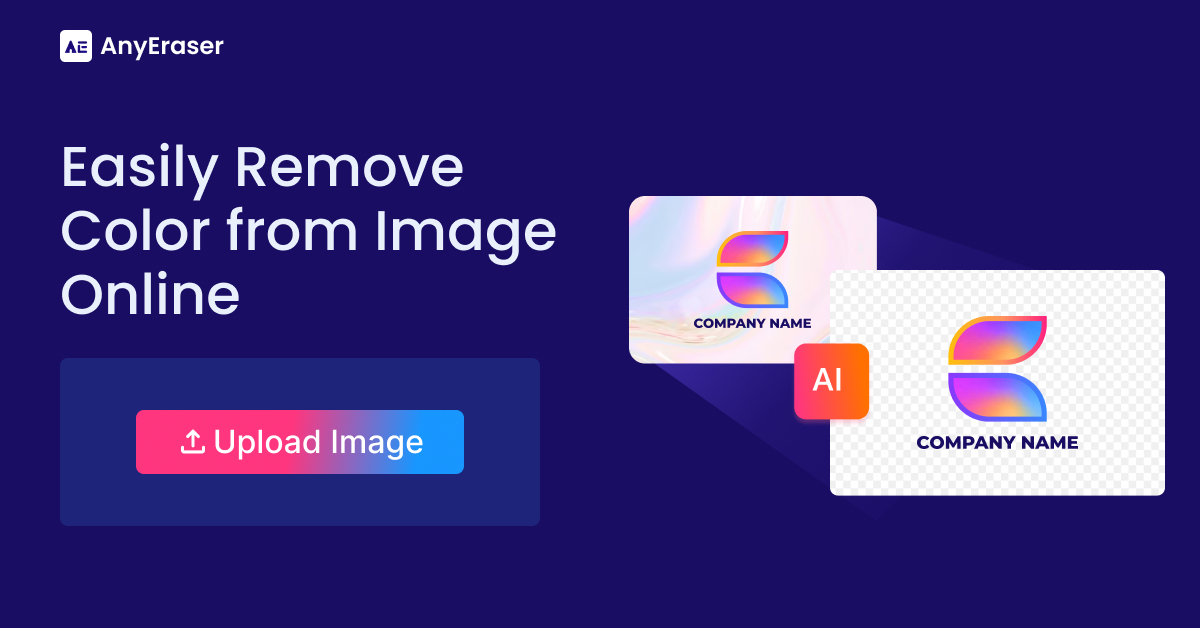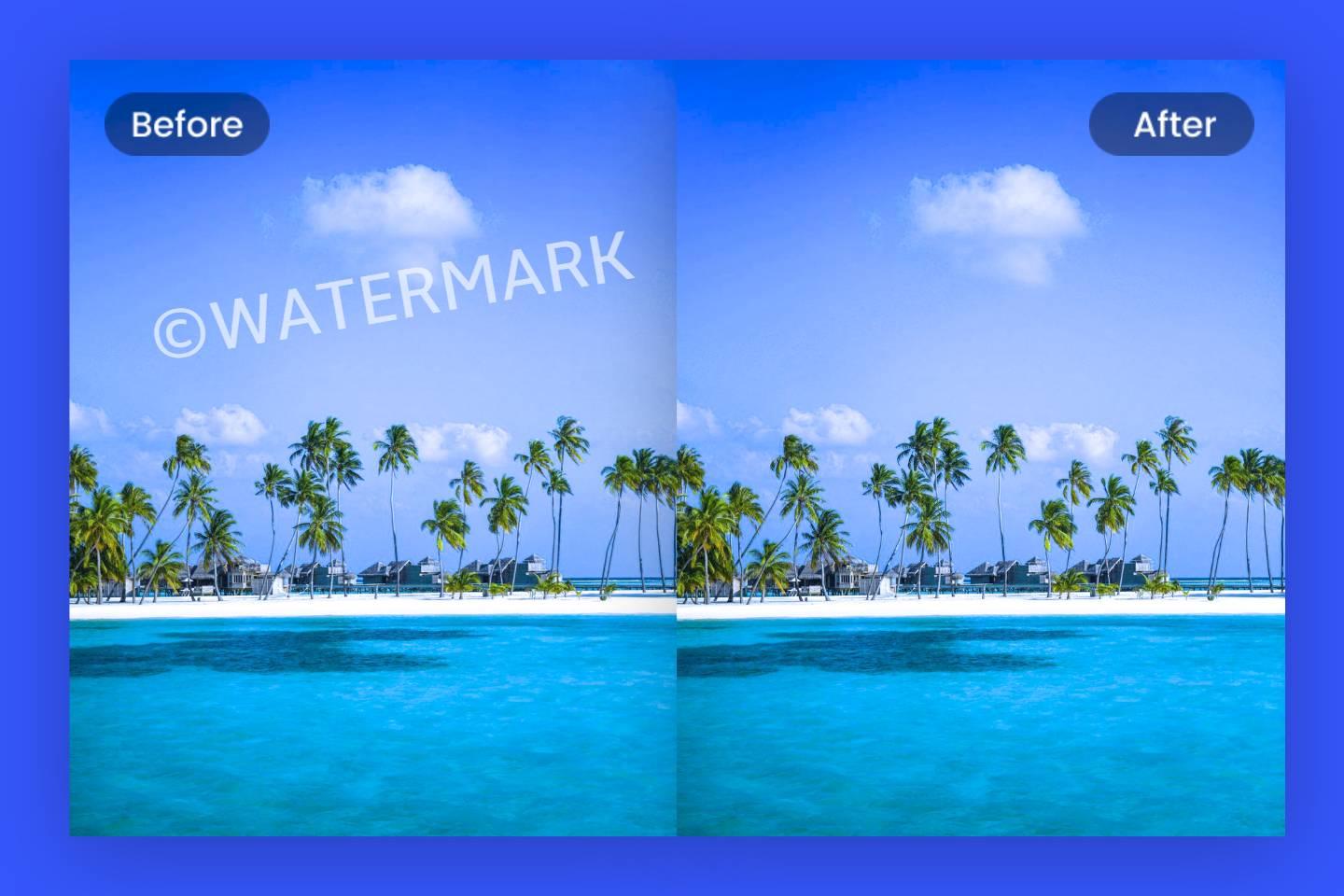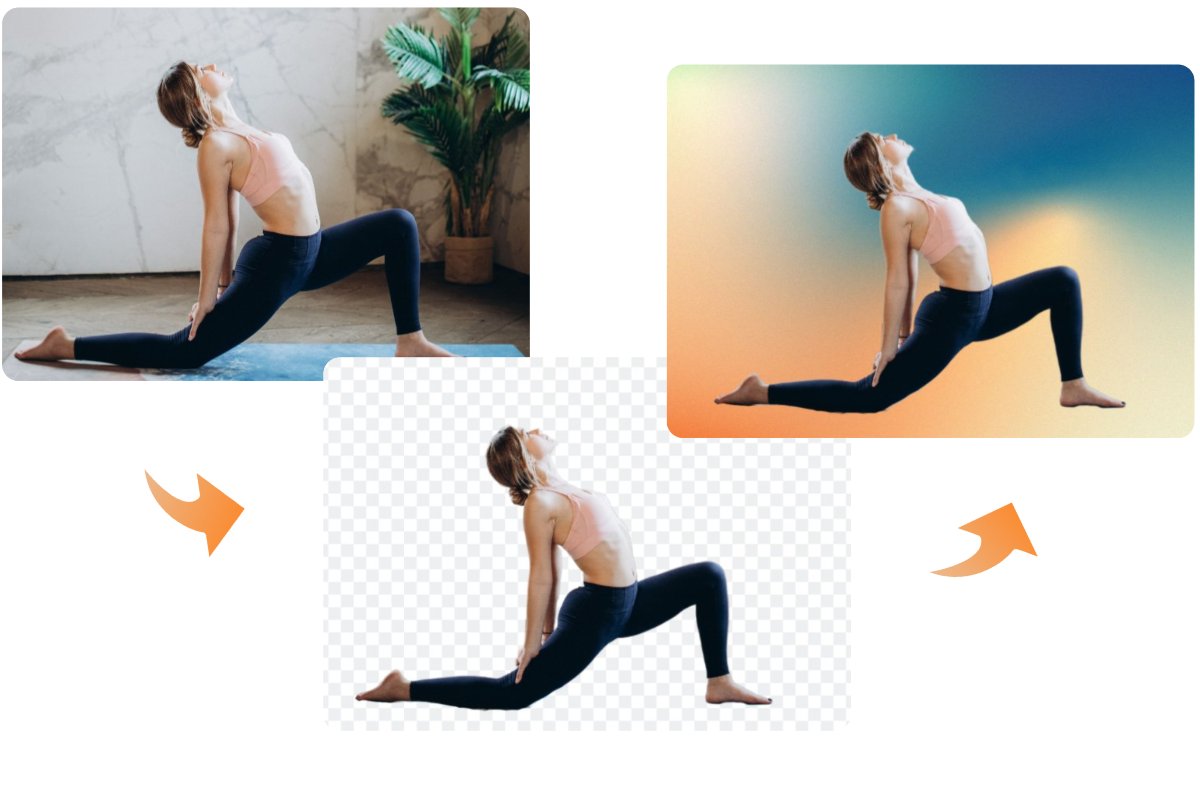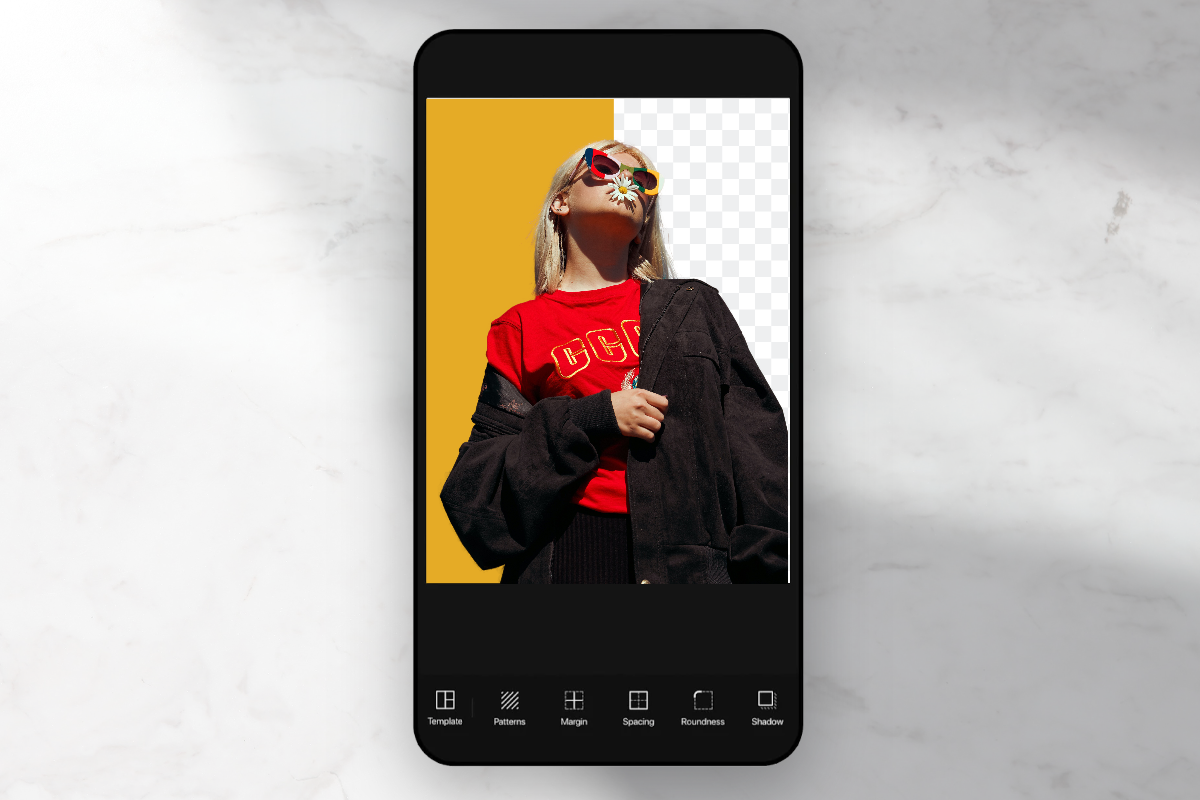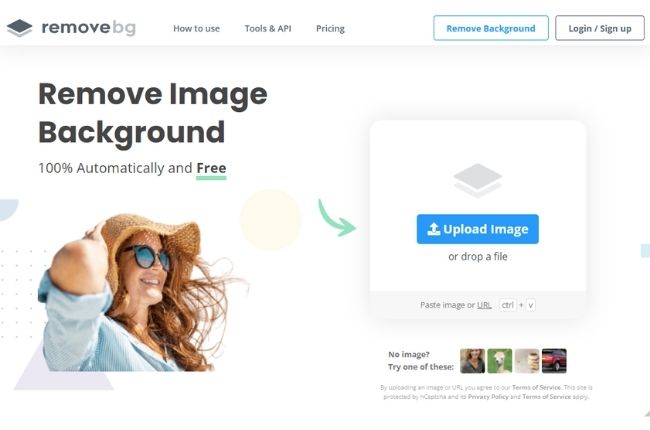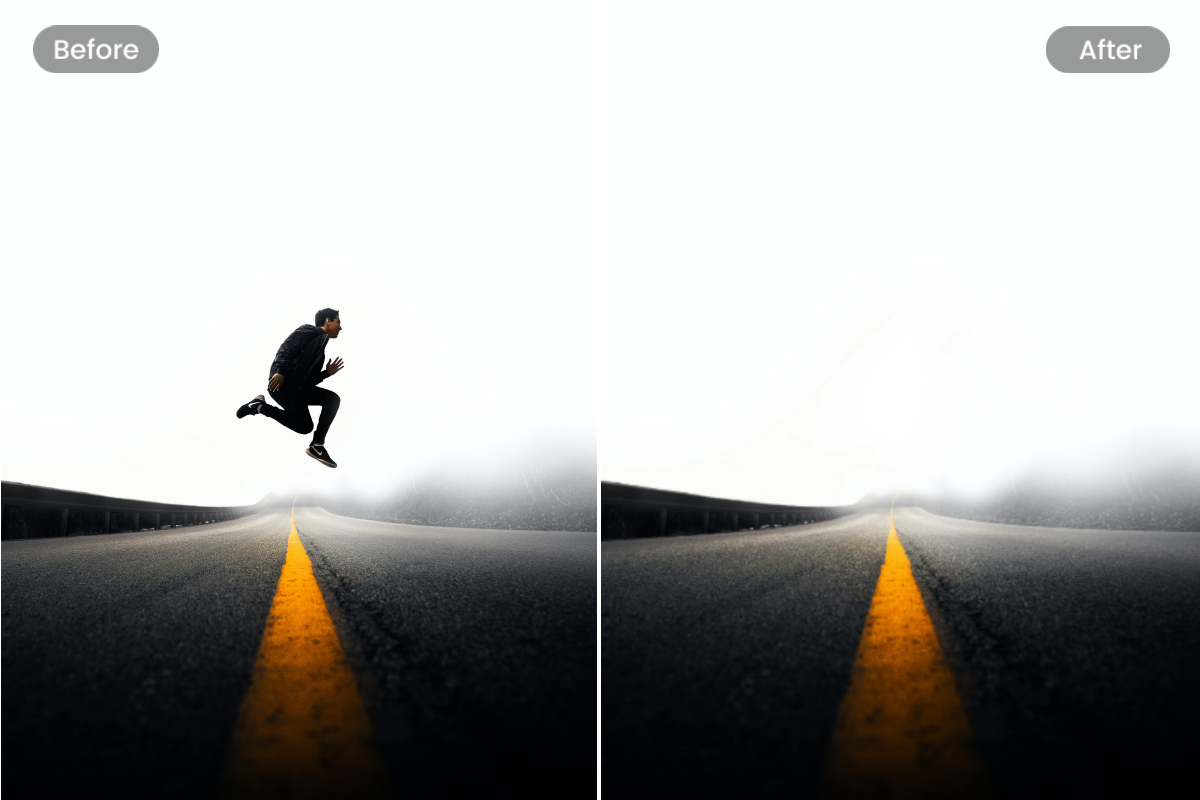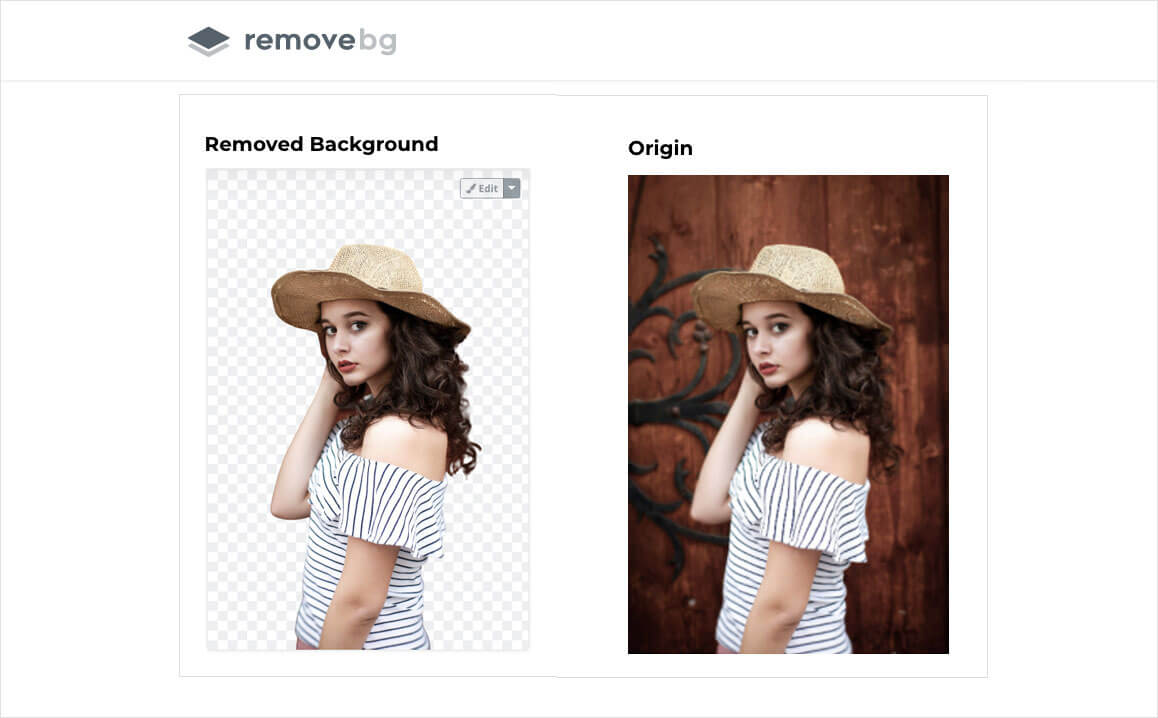Remove Color From Image Online Free
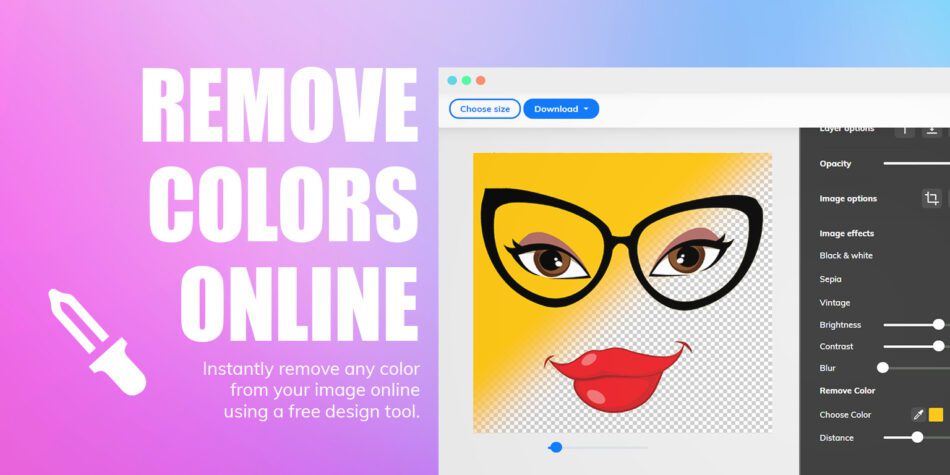
The internet continues to evolve, offering a growing array of free tools for creative tasks. Among these, online image editors providing functionalities like color removal are gaining traction, impacting casual users and professionals alike.
The availability of free online tools to remove color from images is a notable development, democratizing image editing and altering how individuals and businesses approach visual content creation and manipulation. These tools often require no software installation, offering instant access and ease of use.
Accessibility and Functionality
Numerous platforms offer free online color removal services. Examples include PicWish, LunaPic, and IMG2Go, each boasting distinct features and interfaces.
These tools generally operate by converting images to grayscale or black and white, either through automatic algorithms or manual adjustments via sliders for brightness, contrast, and other parameters.
How They Work
The process typically involves uploading an image to the website. The user then selects the desired color removal option.
Depending on the platform, users can download the processed image in various formats, such as JPEG or PNG, upon completion.
Impact on Users
The accessibility of these tools empowers a broad range of users. This includes students, small business owners, and hobbyists who may lack access to expensive professional software.
For example, a small online store can easily prepare product photos in black and white for a vintage aesthetic. This might create a uniform look for marketing materials.
This ease of access contributes to a shift in the digital landscape. Now anyone can quickly modify images for various purposes.
Potential Applications
The applications of online color removal are diverse. They range from creating artistic effects to preparing images for specific technical requirements.
Journalists might use them to emphasize certain elements in a photograph. Designers can repurpose old colored photos into sleek, monochrome visuals.
Researchers could use these tools for preparing images for publications. They might need to comply with specific journal formatting guidelines.
Considerations and Limitations
While these tools are convenient, they have limitations. The quality of the output may vary depending on the algorithm used and the original image's resolution.
Some platforms may impose restrictions on image size or resolution for free users. This might necessitate a paid upgrade for larger or higher-quality images.
Users should also be mindful of privacy and security. They should only use reputable platforms and avoid uploading sensitive images.
"The rise of free online image editing tools marks a significant shift in digital content creation," says Dr. Anya Sharma, a digital media researcher at the Institute for Digital Culture.
She continues, "It empowers individuals and small businesses to engage with visual media in ways previously inaccessible."
The Future of Image Editing
The trend towards free, accessible online tools is likely to continue. Further developments in AI and machine learning may lead to more sophisticated color removal algorithms.
Future tools might offer more granular control over color adjustments and allow users to selectively desaturate specific areas of an image.
This could lead to even more creative possibilities and further democratize image editing for a wider audience.

